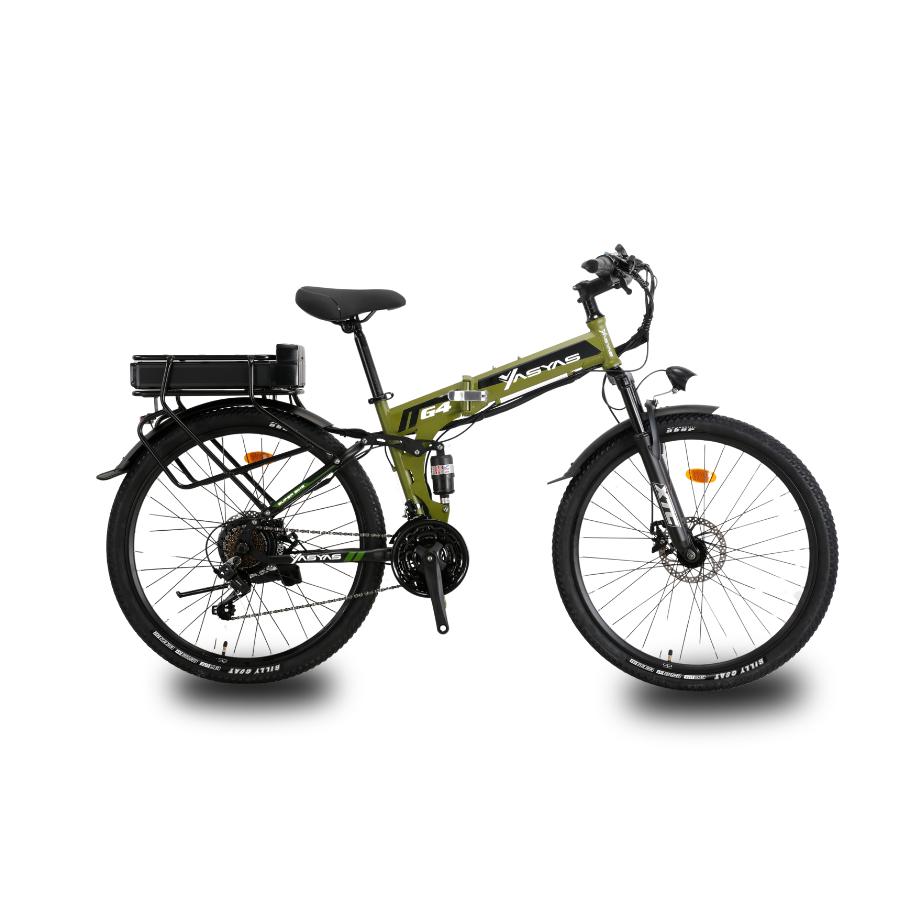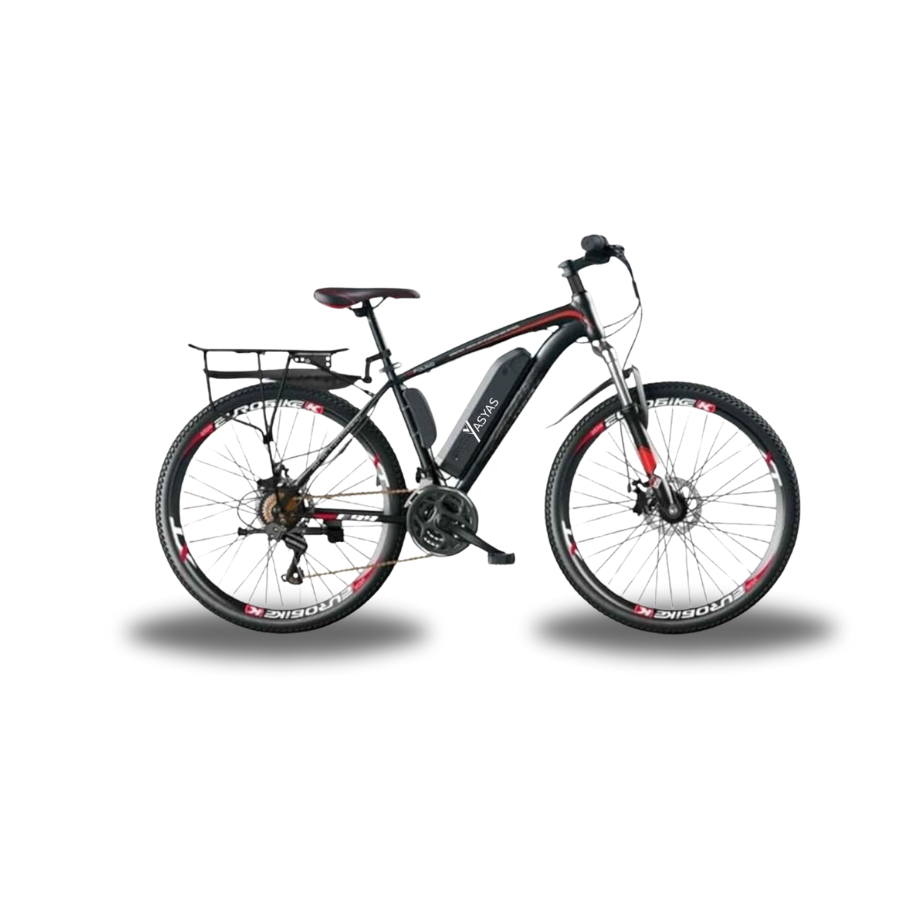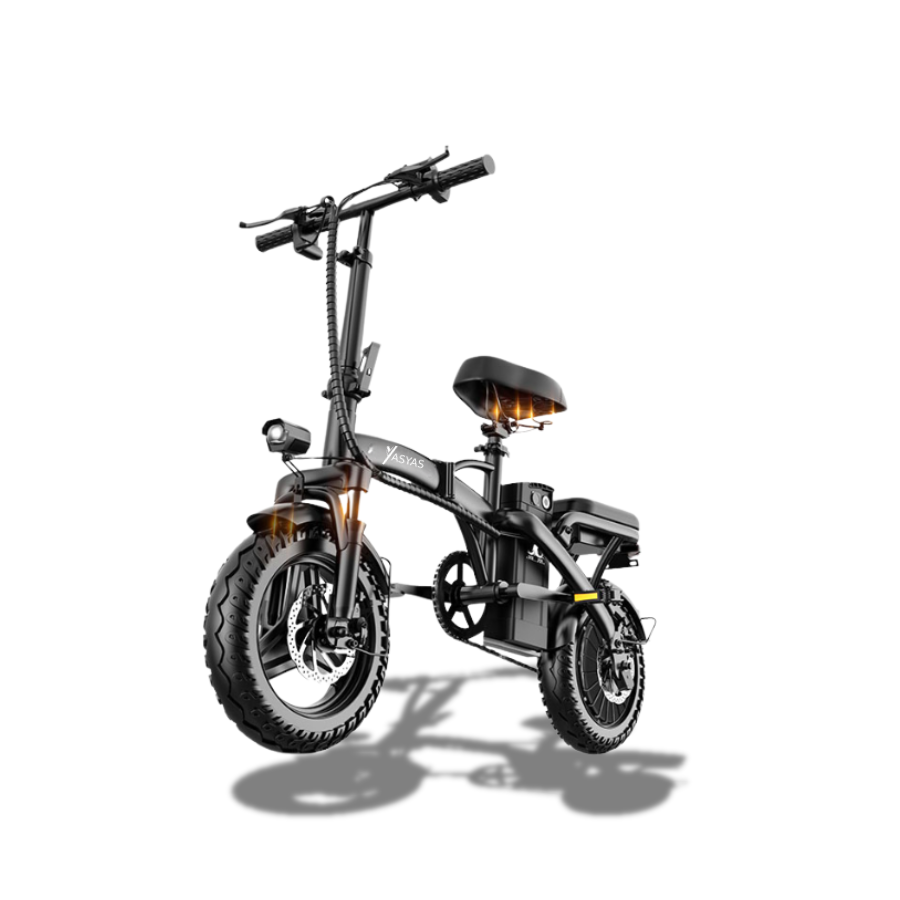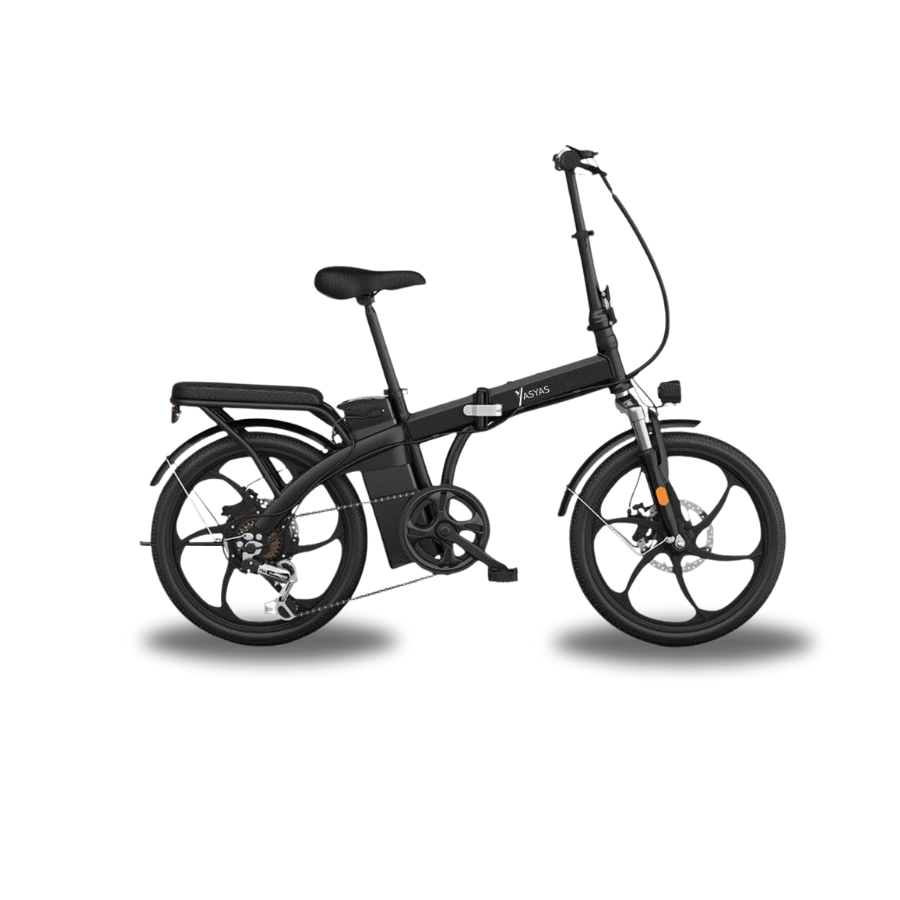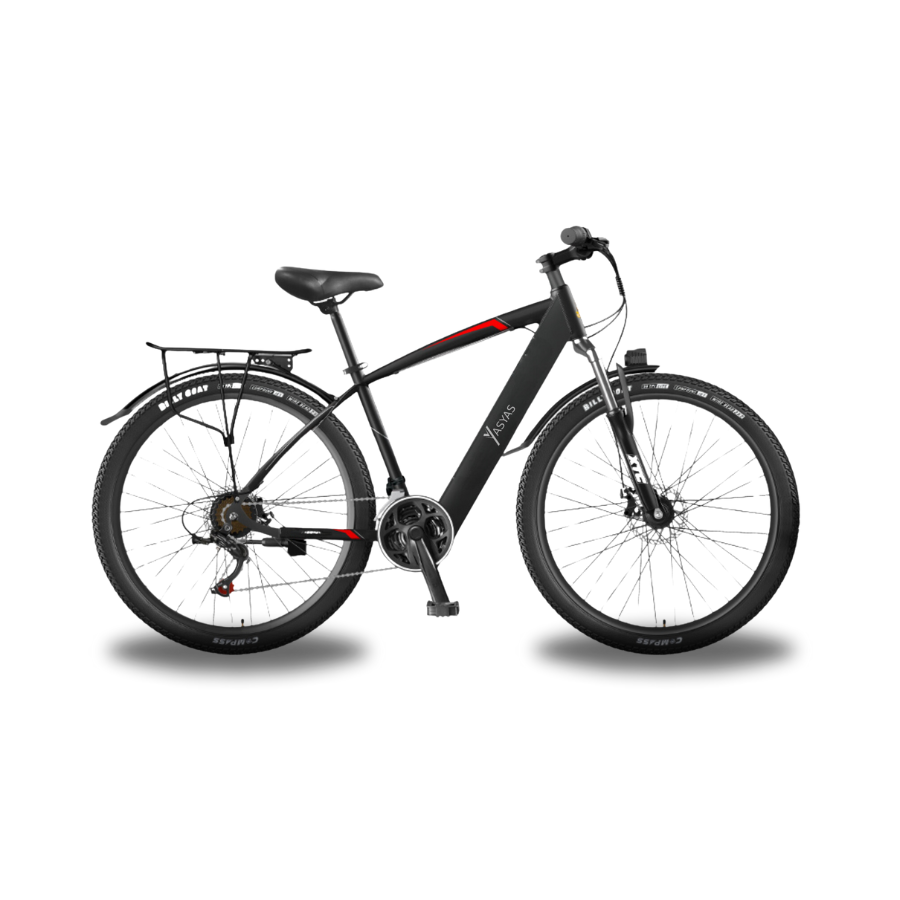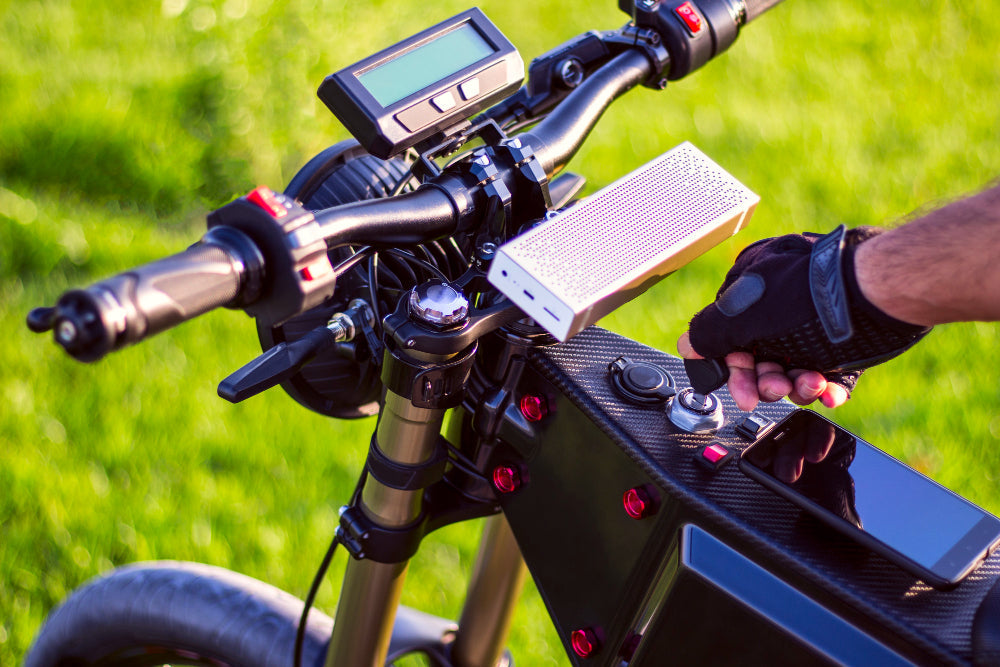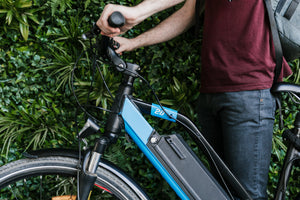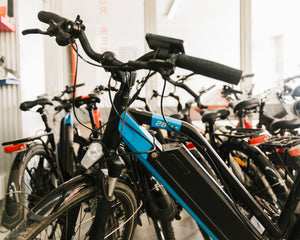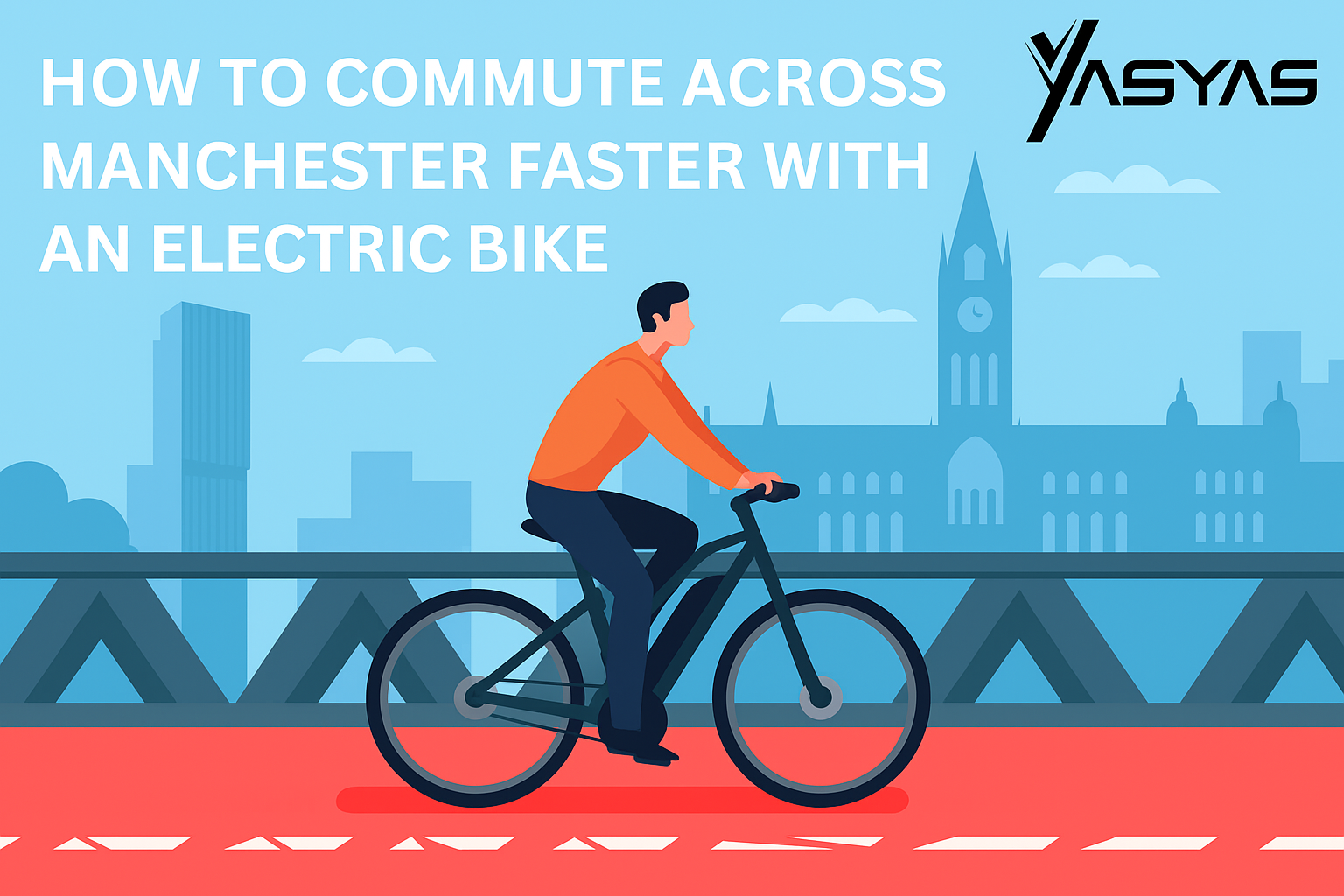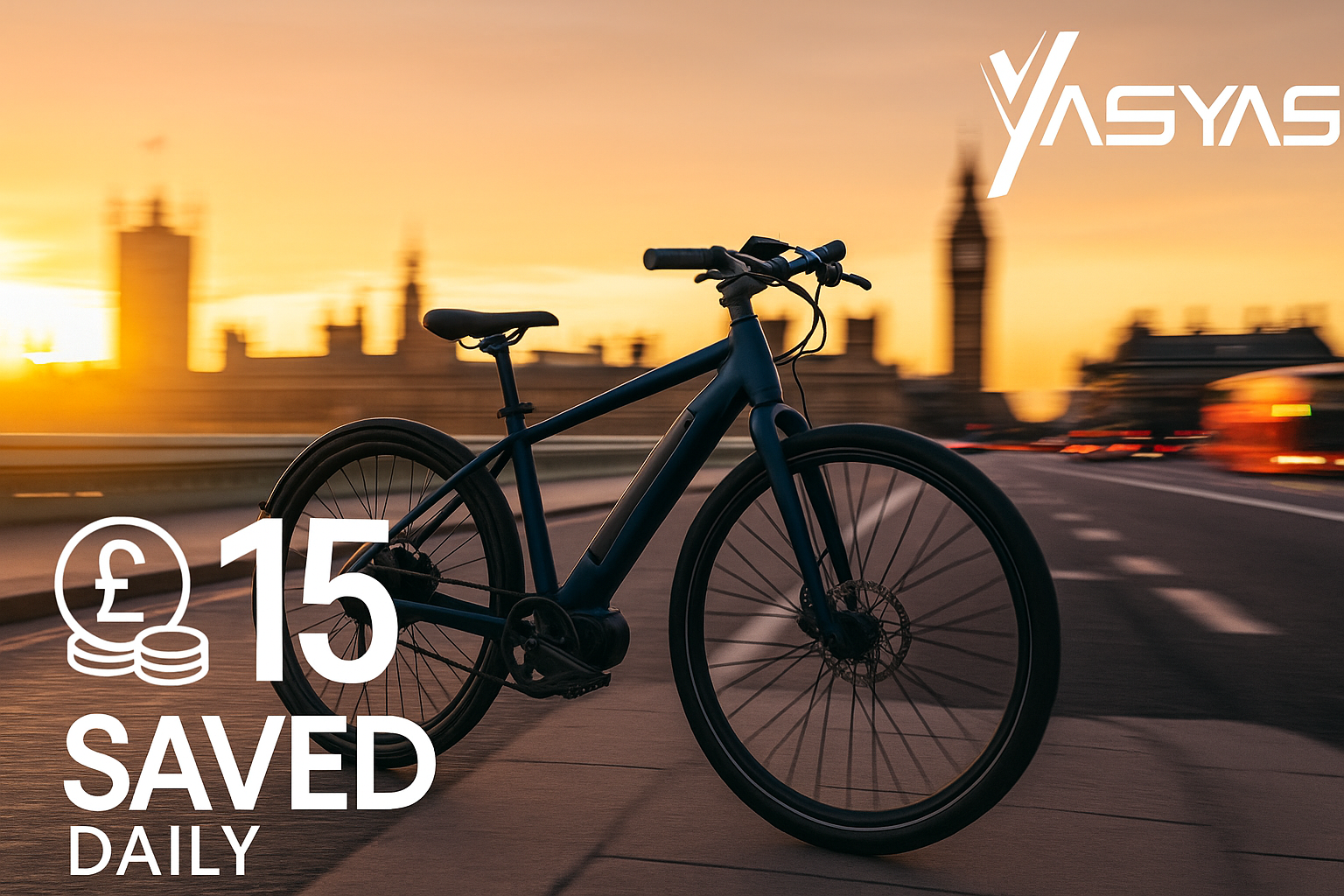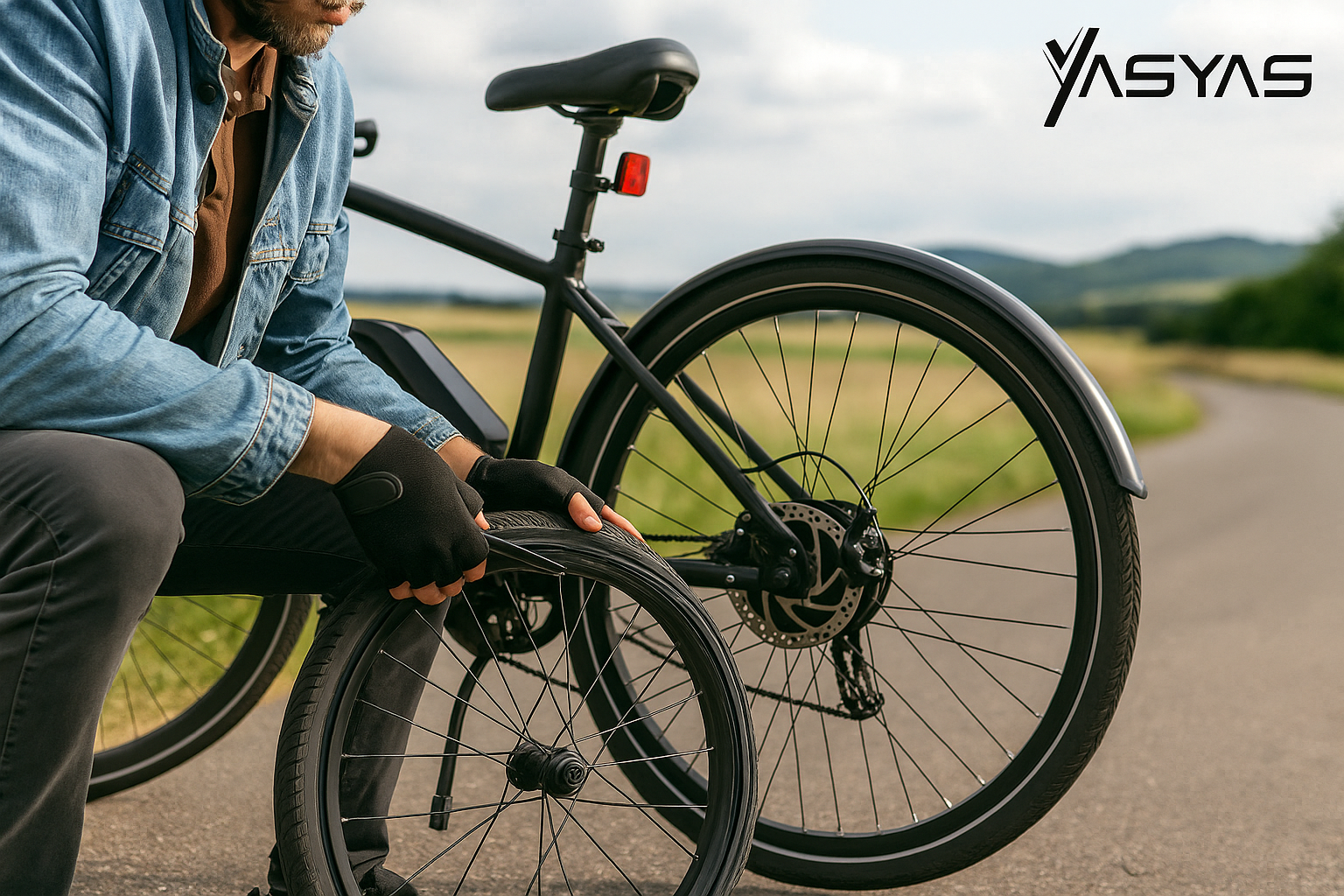Getting the facts about electric bike speed and range claims
E-bikes (electric bikes) revolutionize personal transportation, offering an enjoyable, eco-friendly, and fast way to commuting or exploring. The speed and range of a vehicle are two of the most important features for riders. Nevertheless, it's important to understand why some manufacturers claim their e-bikes can travel over 100 miles on a single charge and why such claims may be misleading.
When it comes to electric bikes, how fast do they go?
Electric bikes are primarily governed by motor power and local regulations in terms of speed. E-bikes are usually designed to reach the following speeds:
-
A pedal-assist e-bike of class 1 or class 3 can travel up to 25 kilometres per hour (15.5 mph).
-
The maximum speed of an e-bike in class 2 is 20 mph when the throttle is turned off.
There are some high-performance models that go faster, but they are classified as mopeds or motorcycles and have additional licensing requirements.
Range Claims: What's Really True
Some e-bike manufacturers claim their bikes can travel more than 100 miles (160 kilometres) on a single charge. Although this might be technically possible, it doesn't happen in the real world very often. Exactly why? Several factors influence the range of an e-bike, including:
The battery capacity of the device
In terms of range, battery size is the most important factor. The following are examples:
-
It is possible to run a 36V 10Ah battery (360Wh) for a distance of 30-50 km using a 36V 10Ah battery (360Wh).
-
The range could be extended by 50-80 km by a 48V 15Ah battery (720Wh).
Battery capacity increases as the battery size increases, but even the most powerful batteries have their limits.
There is a terrain to explore
The battery lasts longer on flat roads, but drains faster on hills since the motor has to work harder.
Three. Weighing and loading the rider
When an e-bike carries a heavier rider or more cargo, it consumes more energy, reducing its range.
The difference between a pedal assist system and a throttle assist system
In pedal assist mode, battery power is conserved, while in throttle-only mode, the motor drains the battery faster.
There is also a speed component
When riding at higher speeds, wind resistance and energy consumption increase, reducing the distance that an e-bike can travel.
Indicators of tires of different types and pressures
A motor that is underinflated or on off-road tires has to work harder to overcome the rolling resistance, which requires more power.
Indicators of environmental conditions
During cold weather, battery efficiency can be reduced, while headwinds increase energy consumption.
Brands overestimate their range for a variety of reasons
E-bike manufacturers sometimes test their models under unrealistic conditions to produce impressive range figures. It might be possible for them to:
-
Pedal assist should be set to the lowest level.
-
On flat terrain, test the rider's weight with a lightweight.
-
Real-world factors such as wind resistance and frequent stops should be excluded.
Despite these scenarios achieving 100 miles, they don't represent most riders' everyday riding conditions.
Expecting the unexpected
You should choose an e-bike based on your particular riding habits and needs. The following tips may help:
-
The battery's watt-hour rating (Wh) will determine its range, but you should also consider the bike's weight and its motor size.
-
Choose a bike with a powerful motor and a larger battery capacity if you ride on hilly terrain.
-
Consider Your Riding Style: If you prefer to ride only with your throttle, your range will be lower than if you ride with a pedal assist.
-
Rather than relying solely on advertised range, look for real-world reviews from riders with similar conditions.
Conclusion
Despite some brands' claims that their e-bikes can run 100 miles on a single charge, it's important to take their claims lightly. It depends on a variety of factors, including the size of the battery, the terrain, the rider's weight, and their riding style. It is important to understand these variables in order to choose an e-bike that will meet your needs and not be misled by overstated marketing claims. Enjoy your ride!

